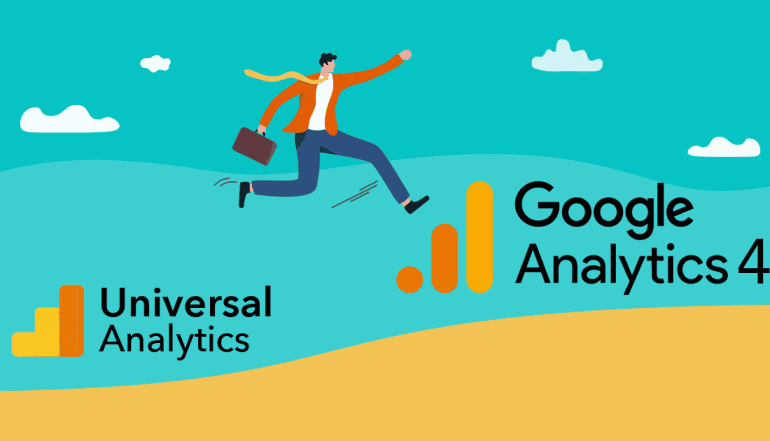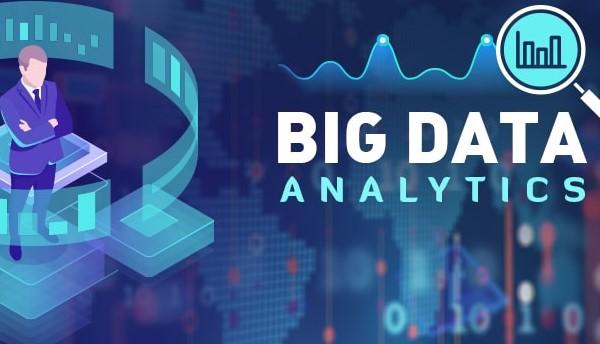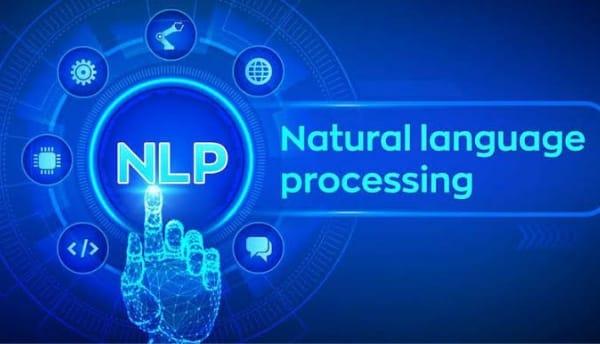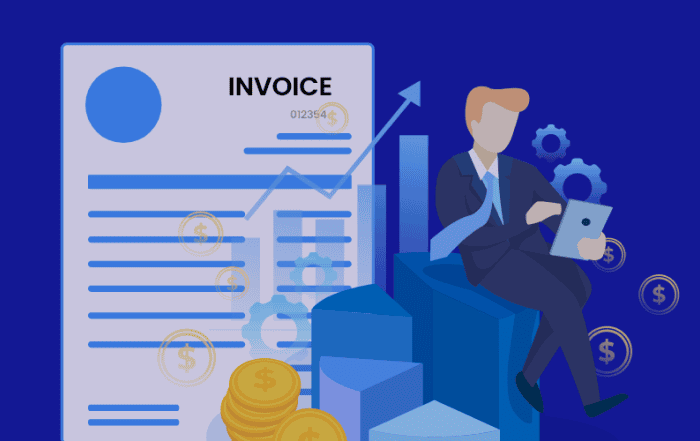
Today’s generation has become so obsessed with anything digital–from desktops to laptops, mobile phones to tablets, and social media apps to a whole lot more software and systems. Digital transformation makes it possible for humans to interact, connect, and improve user experience over time.
Digital transformation or DX, according to IDC DX, is the process of organizations “going paperless” by shifting from traditional business methods into new, innovative, and digital ones. Digital transformation is an emerging trend nowadays, not just because we’re at the peak of digital maturity, but also because of how it can improve workflows, lessen repetitive tasks, and accelerate customer experience. At such a time where technology changes and advances at a rapid rate, digital transformation has become more than just mere option or trend, but rather a necessity in most–if not all–organizations worldwide.
Each year, trends about digital transformation are introduced. These trends are believed to help humans and companies all over the world accelerate user and customer experience, allowing each one to grow, develop, and reach peak digital maturity. Over the years, quite a few trends keep coming back up on the list, mainly because of how they are continuously being developed so as to help ease human tasks. These trends I’m pertaining to are Artificial Intelligence (AI) and Machine Learning (ML).
Aside from AI and ML, analytics is also a longtime trend that most companies integrate with their everyday business processes. But, come to think of it, has anyone actually ever thought of incorporating AI, ML, and analytics altogether to achieve better results concerning the business?
Artificial Intelligence and Machine Learning
Artificial Intelligence or AI refers to intelligence demonstrated by machines or robots. Today, so much of the human race does not support the idea of AIs as this is contrary to the fundamental knowledge displayed by humans and poses a threat to the human workforce.
But, if you were to look at the positive side of it, AIs are generally created to help humans, not replace them. AIs were initially produced to help ease human tasks, with the idea of collaboration in mind.
Read How AI can personalize learning
On the other hand, machine learning or ML is the application of artificial intelligence, providing systems, machines, devices, or bots the ability to learn and adapt from experience demonstrated by humans without any complicated programming. More than anything, ML focuses more on developing computer programs that can easily access data and use it to learn, observe, and adapt for themselves.
Analytics
Meanwhile, analytics refers to the discovery, interpretation, and communication of relevant information or data. Aside from that, analytics also encourages the application and implementation of data and policies in order to arrive in efficient and effective decisions.
To put it simply, analytics is that fine line and connection between understanding and interpreting data and making effective decisions within an organization. Analytics is an essential tool in any business, especially if you’re trying to push digital transformation forward, as it can give real-time data updates and information that you can use to your advantage.
The Benefits of AI and ML in Analytics
Combining all three together, there must be something good out of it all. Below is a list of a few benefits of AI and ML in analytics:
Better Data Reliance
Since AIs and MLs are those that get to interact and engage with customers and users daily, then companies can have better data reliance. AIs and MLs can help provide much more accurate real-time data updates and relevant information that can help organizations observe, understand, and evaluate past mistakes and strategies; hence, new opportunities for growth and policy implementation are open. As a result, businesses in different parts of the world get to customize or personalize policies and solutions to address individual customer concerns, further stimulating and improving customer experience.
Better Predictive Analysis
Machine learning is a form of predictive analysis. It enables organizations to move and advance continuously. If analytics were to depend on AI or ML–most especially ML–it’d be like operating in real-time situations. Instead of getting succumbed by downtime, key analysis and reports are automatically brought up to employees, allowing them to have access to decisions, alternatives, policies, and actions on the front lines, which, in turn, improves performance hour by hour.
Provides Distinct Competitive Advantage
Since AIs and MLs learn and adapt from their environment, this is an excellent opportunity for companies to take advantage of. AIs and MLs can provide companies with a highly competitive edge through problem-solving and understanding insights quicker, better than traditional analysis. This does not only open up new opportunities in solving problems but also in the entire business workflow as well.
Wrapping Up
Technology is fast-changing, growing, and evolving nowadays. If you still haven’t shifted from old, business processes into new, innovative ones, you’ll be missing out a lot. Analytics is just one of the many other trends and digital tools businesses need today in order to survive the highly-competitive market. More than that, analytics paired with AI and ML are definitely going to make you understand current trends better, enabling you to deliver only the best and quality services to your customers, resulting in an improved user and customer experience.








